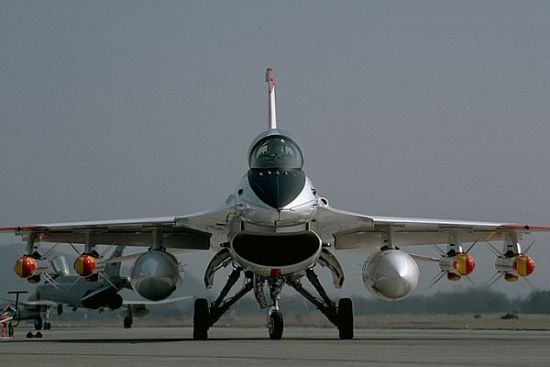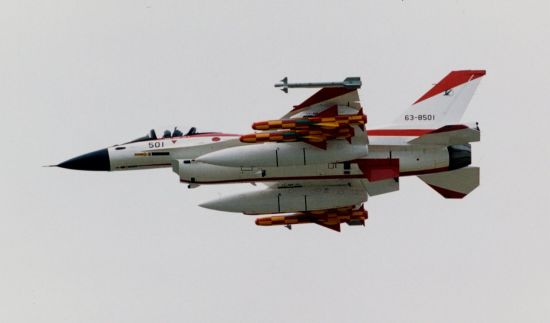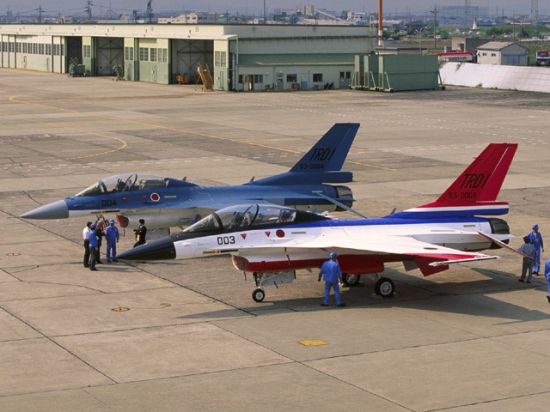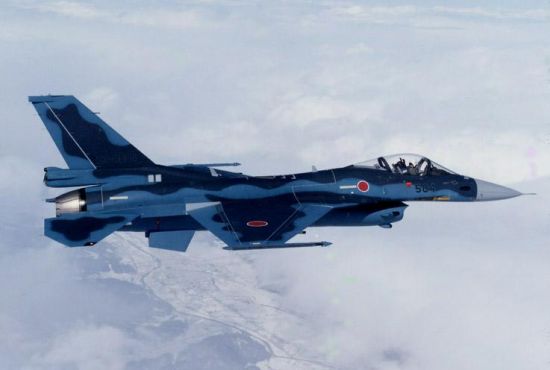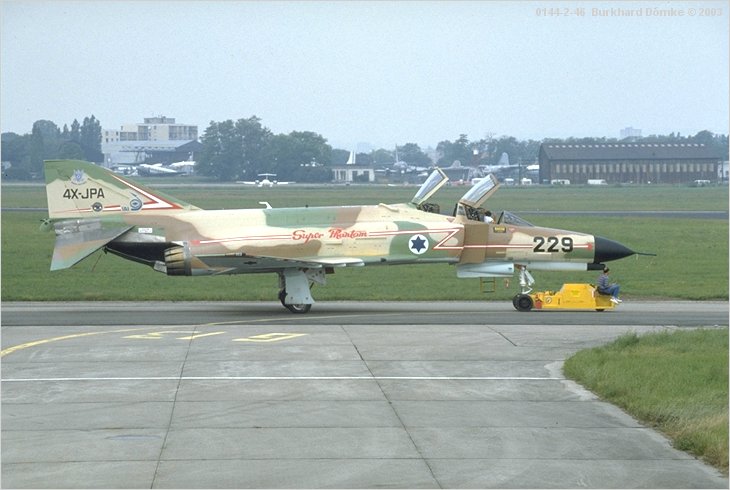You are using an out of date browser. It may not display this or other websites correctly.
You should upgrade or use an alternative browser.
You should upgrade or use an alternative browser.
Wonders of Destruction 2
- Thread starter insurgent
- Start date
insurgent
Exhausted
Originally posted by MadScot
It's one way to try to make sure some of your nukes survive a first strike. (Same logic as missile subs, basically.)
Although the fixed silos look impressive, I doubt they would survive a direct hit, and with modern ICBM CEPs that's quite likely.
If I recall correctly, one of the rationales for the B-2 was to try to take out the mobile ICBMs (since it's much easier to retarget the bomber than to retarget an ICBM)
Oh I know why they put them on trains, it's the large vertical cylindre on the photo that I don't really get the necessity of. Nukes fired from subs don't have those, and they work fine anyway, and I haven't seen the cylindre before...
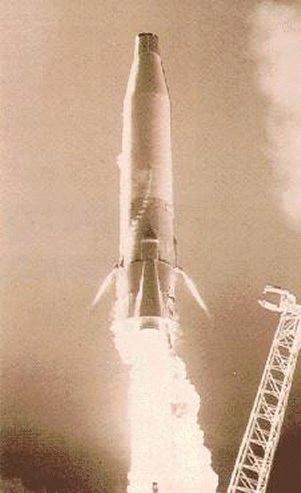
Atlas ICBM...
G-Man
A One Man's War
Too bad the US stopped a 4 billion USD deal between Israel and China... Quite a lot for 4 planes, isn't it?
now this should defend us against Iraq:

And in case it fails we always have these babies to strike back

(Alright, not exactly this one... This is the sattelie launcher version)
And in the near future we'll have this super cool weapon - Laser!!! (just a picture from a presentation... I couldn't find the picture showing the real laser destroying targets. I had it in a magazine but I can't find it now)

now this should defend us against Iraq:

And in case it fails we always have these babies to strike back


(Alright, not exactly this one... This is the sattelie launcher version)
And in the near future we'll have this super cool weapon - Laser!!! (just a picture from a presentation... I couldn't find the picture showing the real laser destroying targets. I had it in a magazine but I can't find it now)

THEL, Tactical High Energy Laser, for G-Man 

Above: Sequence of a rocket intercept demonstration by e THEL laser, September 2000. In these photos, THEL/ACTD laser spot focus on the warhead (top) of the 5 inch diameter rocket, and detonate it (center), thus effectively "neutralizing" the rocket. The gases emitted by the explosion create excessive drag which tears the fragmentation casing into several parts which continue on their ballistic trajectory. (bottom of image series) Below: THEL Radar and fire control system
you can watch a video of it here: http://www.trw.com/image/gallery/0,1242,2_12^2^12^25,FF.html#


Above: Sequence of a rocket intercept demonstration by e THEL laser, September 2000. In these photos, THEL/ACTD laser spot focus on the warhead (top) of the 5 inch diameter rocket, and detonate it (center), thus effectively "neutralizing" the rocket. The gases emitted by the explosion create excessive drag which tears the fragmentation casing into several parts which continue on their ballistic trajectory. (bottom of image series) Below: THEL Radar and fire control system
you can watch a video of it here: http://www.trw.com/image/gallery/0,1242,2_12^2^12^25,FF.html#
G-Man
A One Man's War
Originally posted by IceBlaZe
THEL, Tactical High Energy Laser, for G-Man
Thnx. Actually the one I saw was a bit different - you could see where the beam hits the rocket because the area turned red, then it turned white and started to smoke, and then it exploded.

insurgent
Exhausted
MadScot
Brandy's back!
Originally posted by insurgent
Oh I know why they put them on trains, it's the large vertical cylindre on the photo that I don't really get the necessity of. Nukes fired from subs don't have those, and they work fine anyway, and I haven't seen the cylindre before...
The cylinder is the casing for the missile (essentially the launch tube). Subs do have them, just they are built into the vertical position anyway. So they aren't so obvious. Look at a cut-away of any boomer and you'll see a pile of canisters in the missile room area.
And if memory serves, MX (now 'Peacekeeper') was supposed to be cold launched from the silo, with the missile plus canister ejected from the silo then the rocket firing. So even ground silo based missiles could have canisters, sometimes.
I would hesitate to scale from the drawing - from the style I'd say it's a "Soviet Military Power" illustration, which were notoriously inaccurate. But I seem to recall that even Trident, which is a relatively short stubby missile, is about 30-40ft long, so would be rather tall if stood on a railway car. And Scalpel is probably longer range than Trident, so is likely to be bigger. The railcar looks very long - unfeasibly so - but I suspect it's just a dreadful drawing.
insurgent
Exhausted
Thanks, MadScot!  Makes sense...
Makes sense...
 Makes sense...
Makes sense...Greadius
:yeah:
When I'm a multi-trillionare, I'm buying one of these for joyriding:


What I'd like to do if I were ever forced into the military:
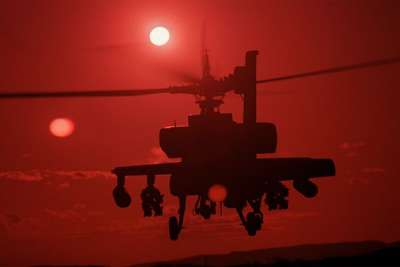
What I would really do if I were ever forced to join the military:

The joy of 21st Century military service.


What I'd like to do if I were ever forced into the military:

What I would really do if I were ever forced to join the military:

The joy of 21st Century military service.
animepornstar
Deity
flame tanks, my favourite kind of weapon.






Dr. Dr. Doktor
Emperor
- Joined
- Apr 27, 2002
- Messages
- 1,354
I'm ignorant as to the visual nature of biological and chemical weapons containers, regarding storage, transportation and weaponization. If I was to identify such a weapon what would the criteria be?
Time to get this wonderful thread on it's feet again, here are some pictures:
Ching-Kuo F-CK-1, Indigenous Defence Fighter for Taiwan.
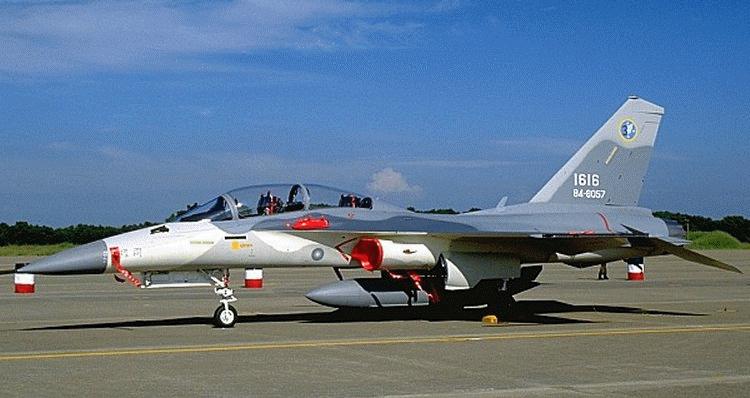
Mitsubishi F-2, Japanese strike fighter based on the F-16, one of my faves.

Ka-50 Hokum.
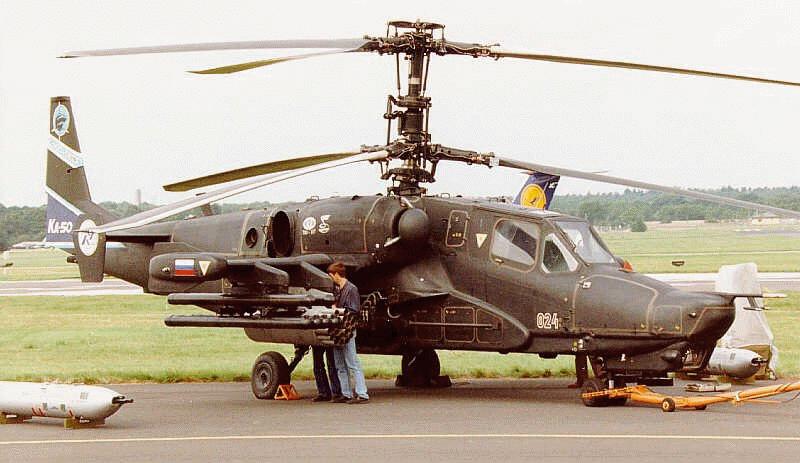
Tornado.
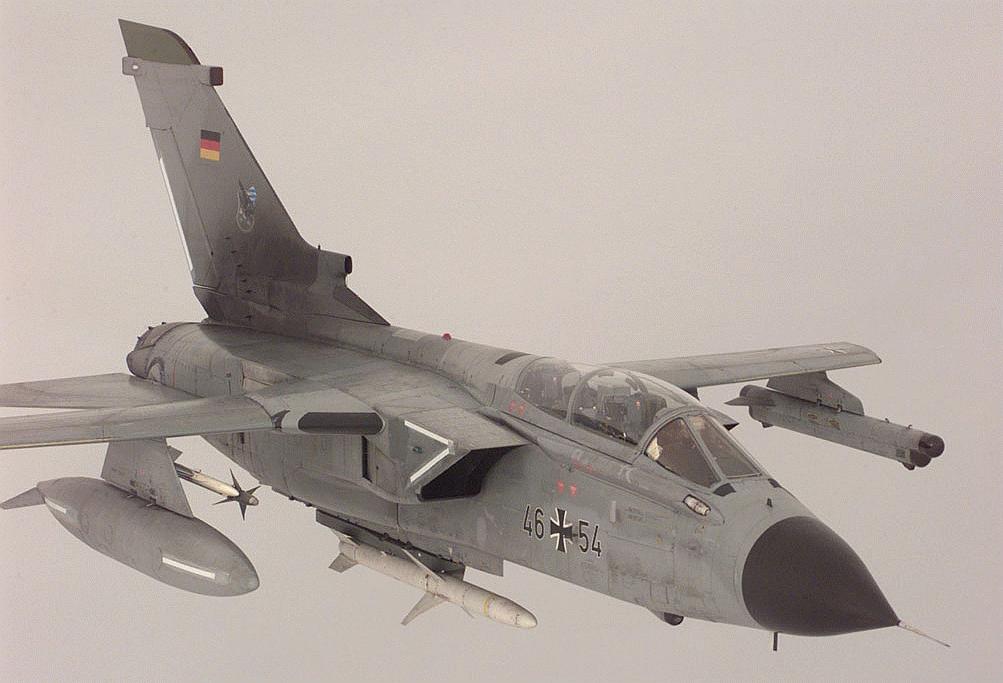
Admiral Ushakov (Kirov), the world's largest Cruiser

We need more posts in this thread!
Ching-Kuo F-CK-1, Indigenous Defence Fighter for Taiwan.

Mitsubishi F-2, Japanese strike fighter based on the F-16, one of my faves.

Ka-50 Hokum.

Tornado.

Admiral Ushakov (Kirov), the world's largest Cruiser
We need more posts in this thread!
MadScot
Brandy's back!
Sweden's very attractive JAs-39 Gripen multi-role fighter: in the air:


on the ground:

being re-armed:



on the ground:

being re-armed:

MadScot
Brandy's back!
The Harrier family:
USMC Av-8B Harrier

RAF Harrier GR.7

'International' Harrier IIplus

FAA Sea Harrier FRs.2 (now F/A.2, shortly to be prematurely withdrawn from service)

USMC Av-8B Harrier

RAF Harrier GR.7

'International' Harrier IIplus

FAA Sea Harrier FRs.2 (now F/A.2, shortly to be prematurely withdrawn from service)

Similar threads
- Replies
- 121
- Views
- 3K
- Replies
- 73
- Views
- 3K





